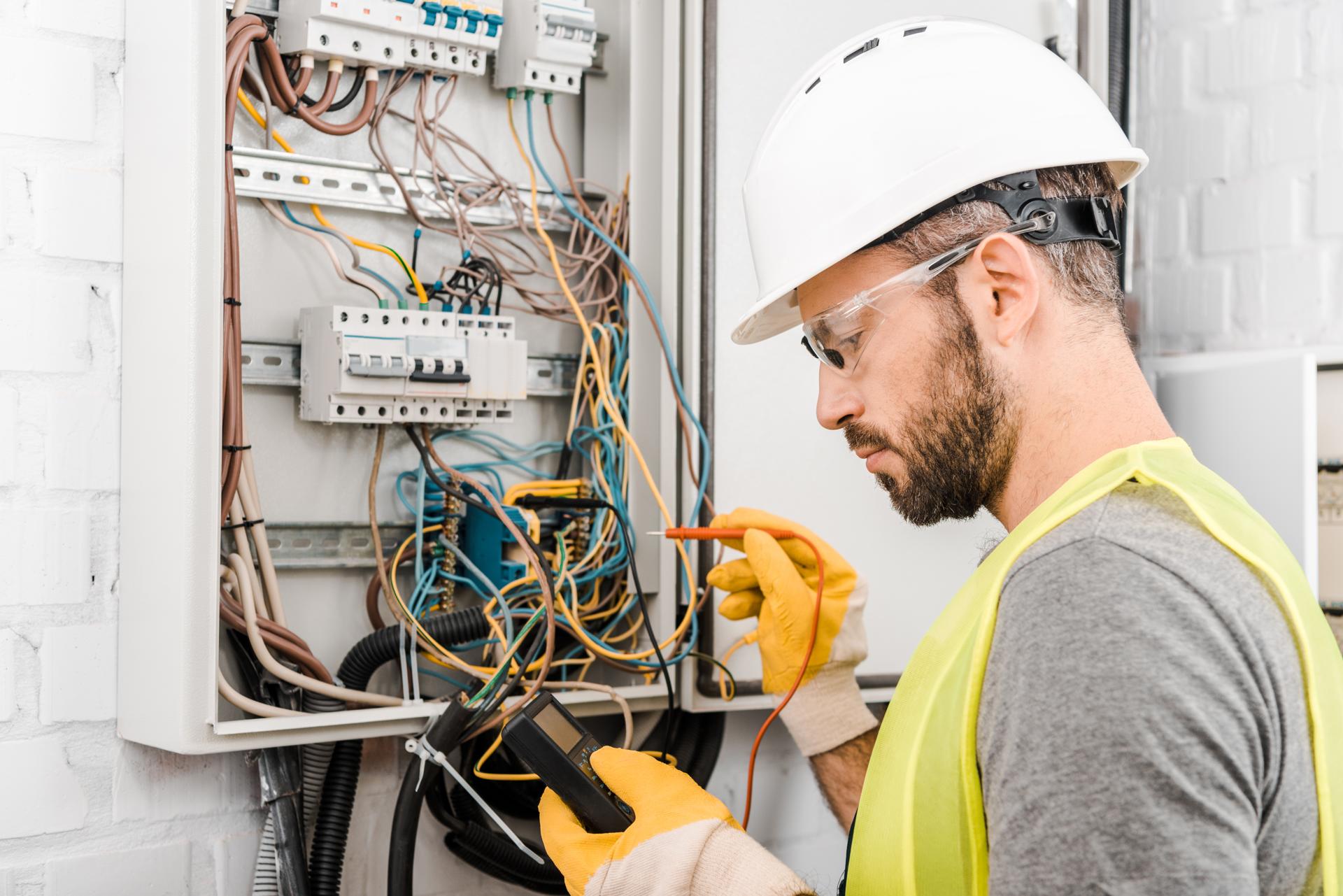Understanding the Basics of Electrical Wiring in Your Home: An Easy-to-Follow Guide

Electricity is an essential component of our daily lives, powering everything from the lighting in our houses to devices we use every day. However, electric systems may be complex making it difficult to understand how they function can be difficult. In this article we’ll go over the elements in an electrical circuit and show how circuits operate to power appliances and devices. Our residential electricians can handle any electrical jobs you need.
Components of an Electrical System
A home’s electrical system includes a number of important components that work to deliver power throughout homes. This includes:
Breaker box: the central distribution point for electric energy in a house, where the electricity is divided into several circuits
Switches and outlets: points at which electricity is supplied to devices and appliances
Wiring: the electrical wires that carry electricity from the breaker box to the outlets and switches
Electrical appliances and devices: appliances and gadgets that rely on electricity for their functions.
Electrical Circuits
The term "electrical circuit" refers to a path that lets electricity flow from the main source (the breakers box) to the appliances and devices in the home. There are two kinds of electrical circuits found in a home: 120-volt circuits and circuits with 240-volt voltage. 120-volt circuits are utilized to power most household appliances and appliances, whereas the 240-volt circuits are designed for larger appliances such as air conditioners and electric dryers.
Electrical circuits work by completing the loop which allows electricity to flow from the source into the device or appliance. The loop is made up of a hot wire that transports the power along with a neutral wire that completes the circuit as well as the ground wire which provides the pathway for electricity to travel to the ground in case of a fault.
Understanding Electrical Wiring
Electrical wiring comes in several different types, including non-metallic sheathed cable (NM), armored cable (AC), and conduit. Each type has its advantages and drawbacks and the selection of the type of wiring is based on the specific requirements of the installation.
Wiring conducts electricity by creating a flow of electrons in the wire. Electrons move from the source to the device or appliance, and back to the source using the neutral wire. It’s essential to ensure that the wiring is installed and maintained correctly, as defective wiring could lead to electrical dangers like shocks and fires.
Common Electrical Issues
The most frequent electrical problems found that homeowners face include tripping the light bulbs, flickering breakers and dead outlets. The causes of these issues could be by a myriad of causes such as overloading circuits poor connections, or faulty wiring.
If you are experiencing any of these issues it is essential to determine the cause and take appropriate actions to rectify the issue. In some cases this could mean contacting an accredited electrician to look over and fix the wiring.
Concluding as well as a Call to Action
In the end, knowing how electrical wiring operates is crucial for ensuring the safety and security of your home’s electrical system. By following the guidelines outlined in this document, you can stay safe and prevent potential hazards.
Should you ever have questions or concerns about your home’s electrical system Don’t hesitate to reach out to Local Electrician St George. Our licensed electricians has the expertise and experience to meet your electrical needs. Contact us by phone at 1300 941 876 to schedule a consultation.
FAQ
What are the signs of faulty electrical wiring?
Signs of defective electrical wiring may include tripping breakers flashing lights, and electrical outlets that are not working, for example.
How often should I schedule the electrical system of my house checked?
It’s recommended that you have your home’s electrical system examined by an authorized electrician every 10 years.
What is the lifespan of electrical wiring?
The lifespan of electrical wiring depends on several factors, including the type of wiring, the location it’s located in, and the standard of installation. The majority of electrical wiring will last for as long as 30-years or longer with the proper installation and maintenance.
Can I fix electrical problems myself or should I always employ an electrician?
While some electrical problems are fixable by homeowners, it’s advised to hire a licensed electrician for the majority of electrical repairs. If you attempt to fix electrical issues with no proper training or expertise is risky and could cause injuries or damages in your house.
What do I do if encounter an electrical problem within my home?
If you encounter an electrical emergency, the first step is to shut off power to the affected location by turning off the breaker or fuse. After that, you should contact an accredited electrician to look into and fix the problem as quickly as possible.
If you follow these tips by following these guidelines, you can ensure the safety and reliability of your electrical system in your home and reduce any potential dangers. Remember, when it comes to electrical repairs or installations, it’s always recommended to rely on the professionals. Reach out to Local Electrician St George at 1300 941 876 for all your electrical needs.
